
 Tech
Tech
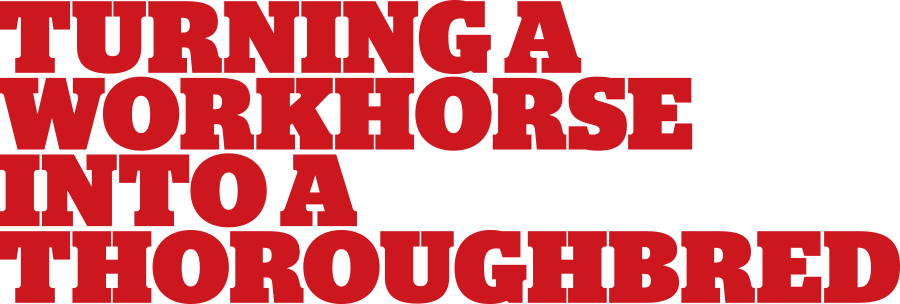
BY RON CERIDONO
PHOTOGRAPHY COURTESY OF THE MANUFACTURERS
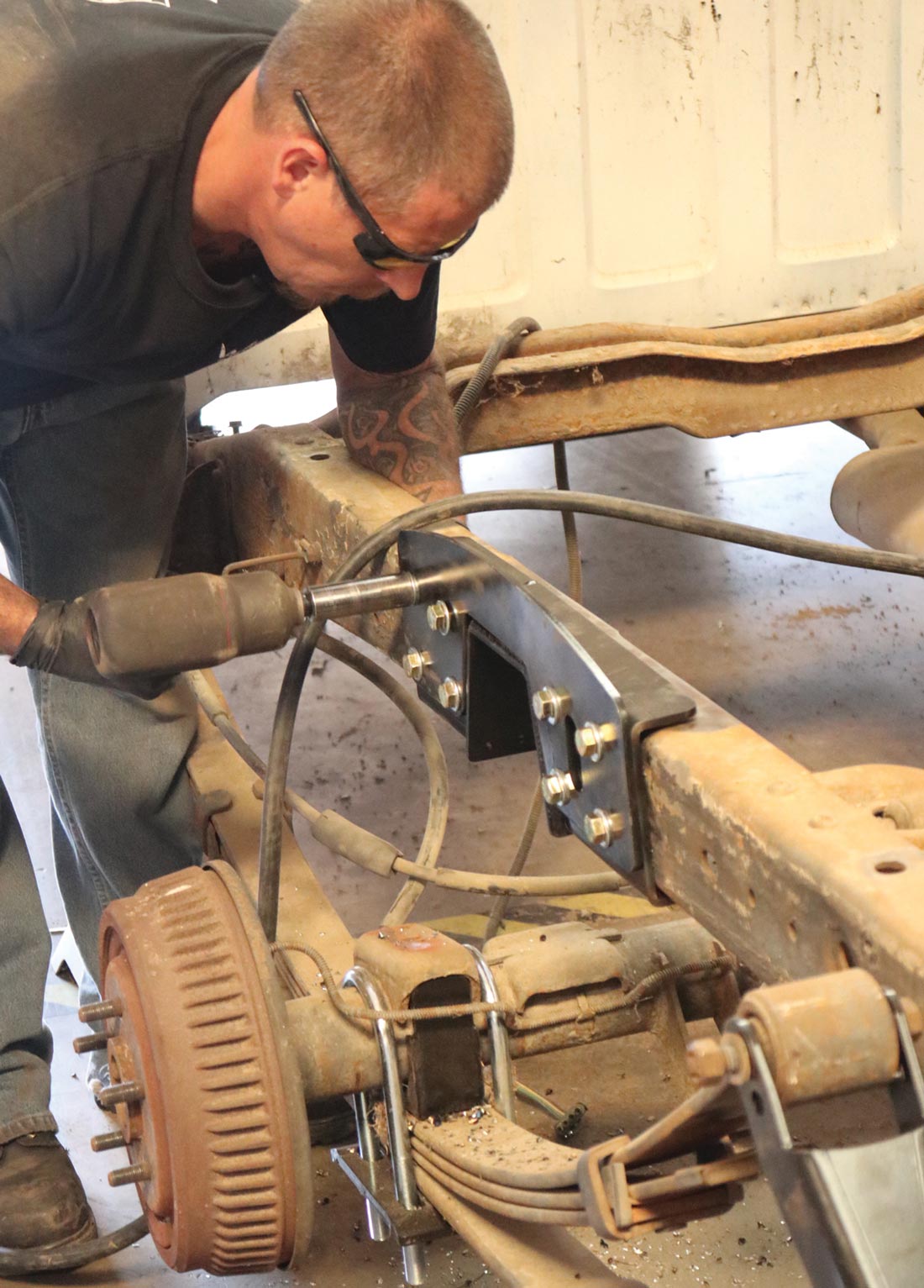
BY RON CERIDONO
PHOTOGRAPHY COURTESY OF THE MANUFACTURERS
uilding a classic truck can be a challenge for one simple reason: they were never designed to do what we now expect of them. In most cases, the goal is to have a lower ride height, a smoother ride, and improved handling characteristics. The problem is none of those factors were considered when these haulers were designed and built. When these trucks were new they were meant to be tough and haul a load; they were destined to be utilitarian vehicles and little else mattered. So, the challenge when building a classic truck becomes making them more refined and cruising friendly.
Look under the rear of just about any classic truck and you’ll see one of two suspension systems—parallel leaf springs (transverse on 1941-and-earlier Fords) or coil springs on long control arms. Both are simple and effective but they can be improved for our purposes. With rear parallel leaf springs there are two simple options. The first is to install softer, re-arched springs. The second is to relocate the rear axle from below the springs to above. This is usually accompanied by removing the overload leaves, or installing new, softer springs.
Trucks with coil spring rear suspensions, such as Chevrolets and GMCs, had the springs mounted on long trailing arms. While it would seem easy enough to lower them by using shorter springs, the problem becomes U-joint angularity. Since the axle housing is clamped to the trailing arms, as the truck is lowered the pinion angle changes noticeably—not something you want as it can cause vibration and premature U-joint wear. The best option here is replacement trailing arms that allow the proper pinion angle to be maintained.
Some of the more popular rear suspension systems for trucks are four-bars, triangulated four-bars, and four-links. Four-bars consist of four parallel bars that position the axle housing in the chassis front to rear and some sort of a lateral locator, such as a Panhard bar or a Watts link. A variation on this theme is a triangulated four-bar. Two-bars run parallel with the framerails with two additional bars running at an angle from the axle housing to the frame that locate the housing side to side, eliminating the need for an additional link. While four-links are similar to four-bars, the difference is adjustability. Four-bars are normally parallel and have fixed mounting points (threaded ends allow minor adjustments for wheelbase and pinion angle adjustments) while four-links allow the attachment points of the links to be altered to tune the chassis. Four-links are most commonly used in drag racing to alter how the vehicle launches from a standstill.
A somewhat more exotic modification to the rear of a classic truck is the installation of an independent rear suspension system (IRS). One of the first wiggly rearends to be transplanted came from underneath Jaguars. Corvette IRS units from 1963-on have also been used (although the 1984-and-later design is vastly improved). Then there are the completely custom IRS systems available from a number of our advertisers—admittedly expensive alternatives, they offer superb performance and are unmatched in terms of bling.
Regardless of the type of rear suspension used, when lowering a truck it may be necessary to modify the framerails by stepping them or adding a C-notch for axle clearance. The challenge when doing this is to increase clearance and not reduce the strength of the frame. To that end many suspension kits include C-notch plates with the necessary reinforcements. Some kits include new frame sections that step up and over the rear axle, while strong and providing for the maximum amount of drop, modifications to the bed floor are usually required.
By choosing the proper suspension components for the rear of your classic truck you can meet the challenge of turning a working vehicle into something much more civilized. The stance will be improved and the ride and handling will be enhanced. That’s how you turn a workhorse into a thoroughbred.
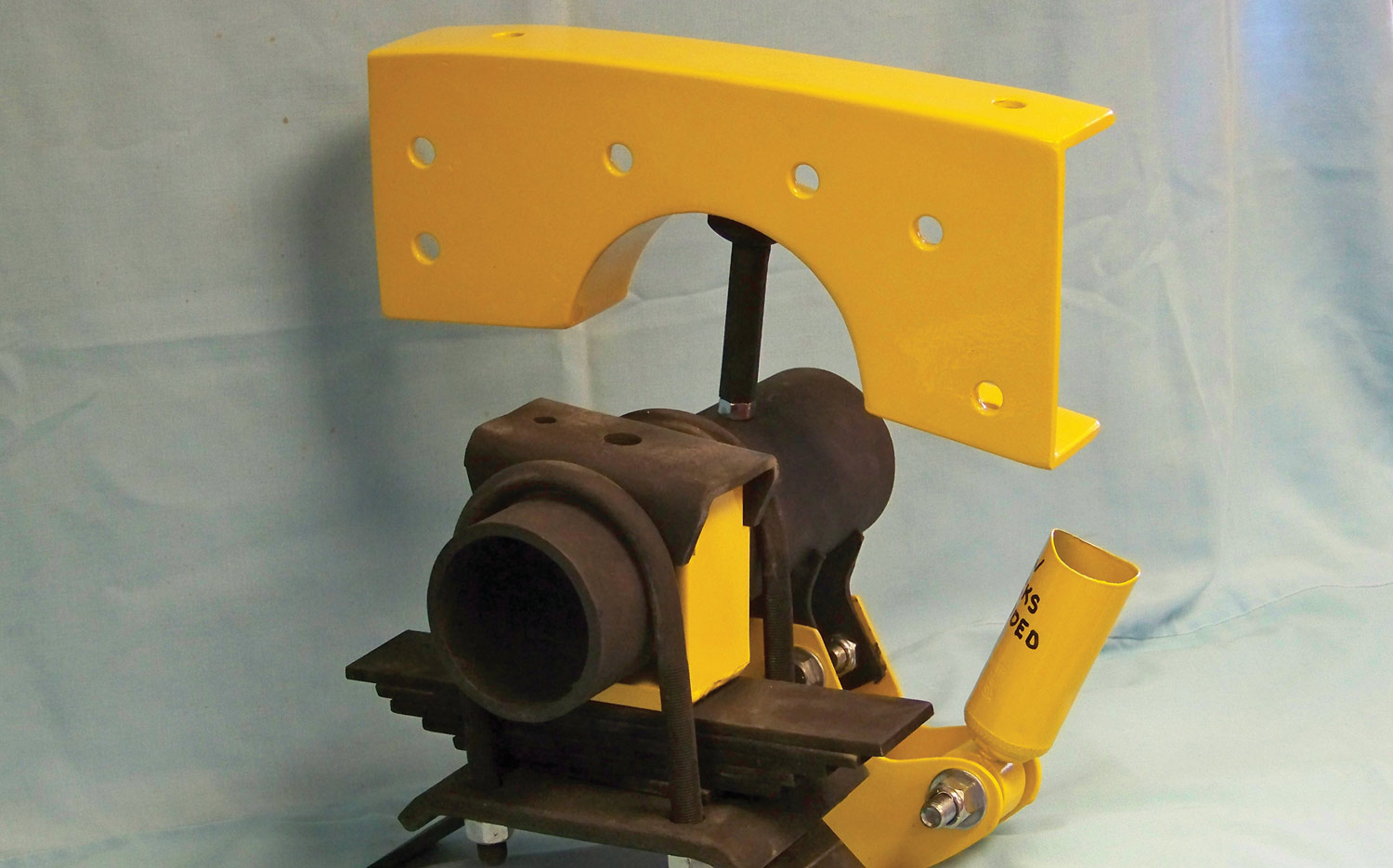
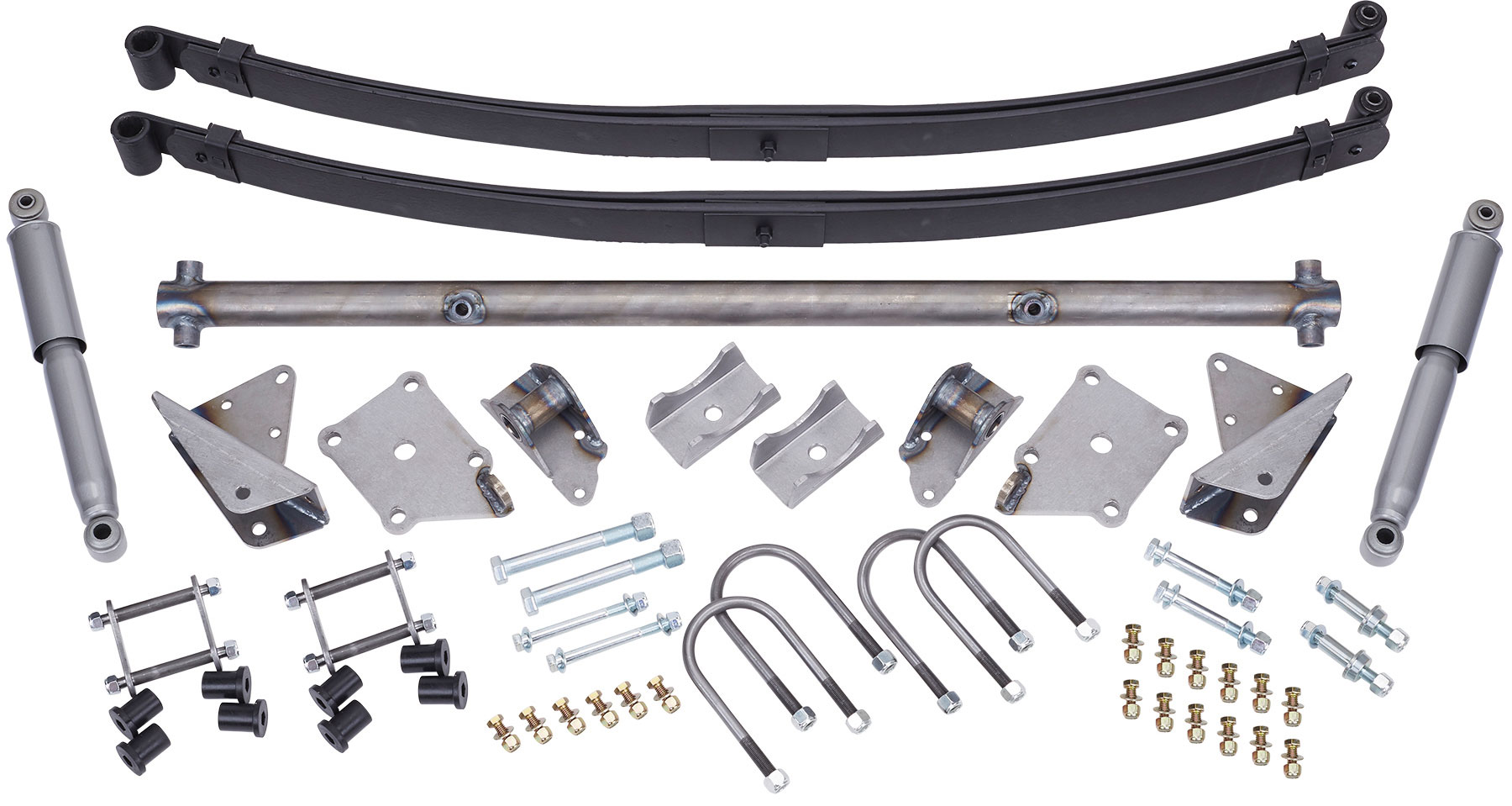
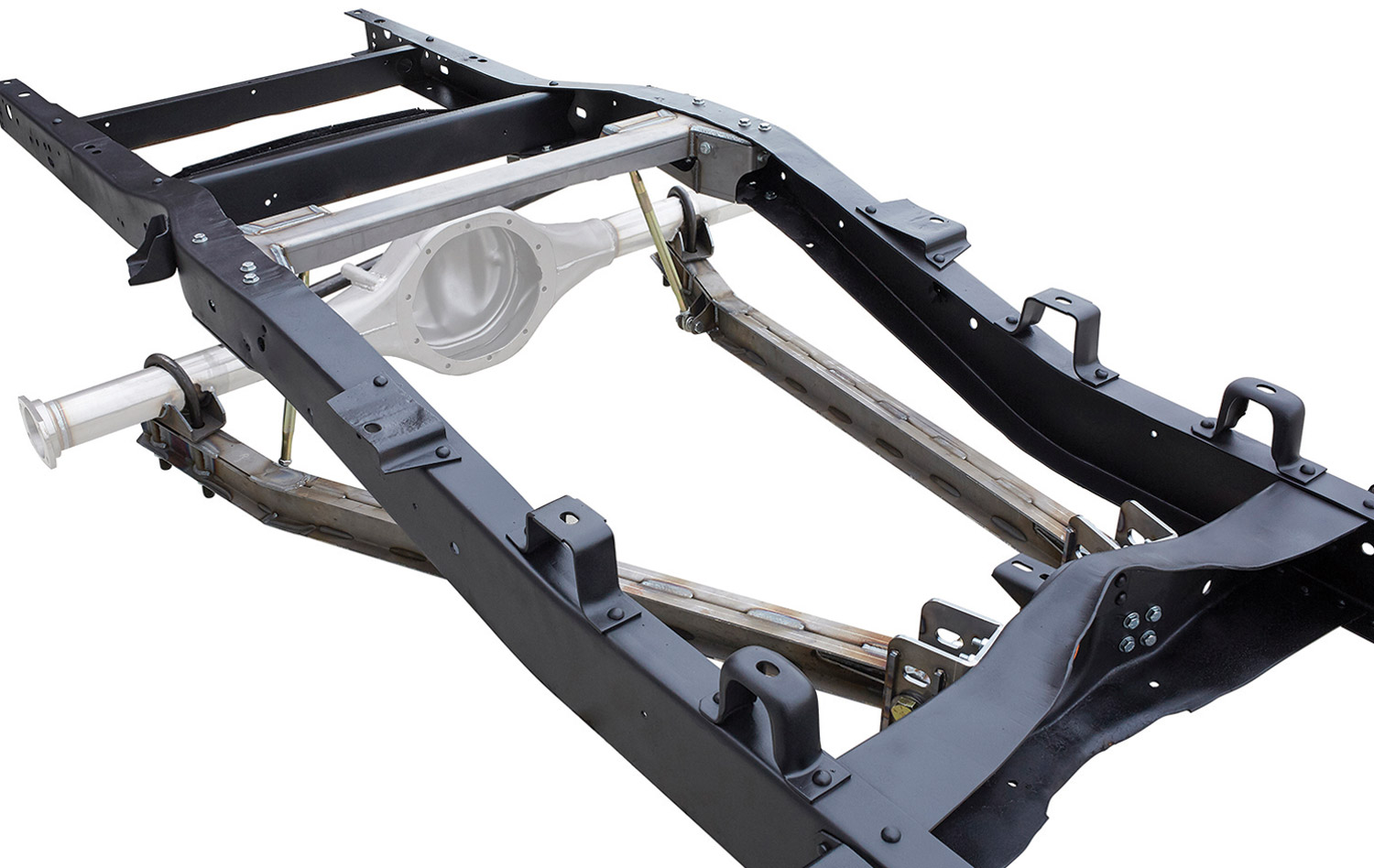
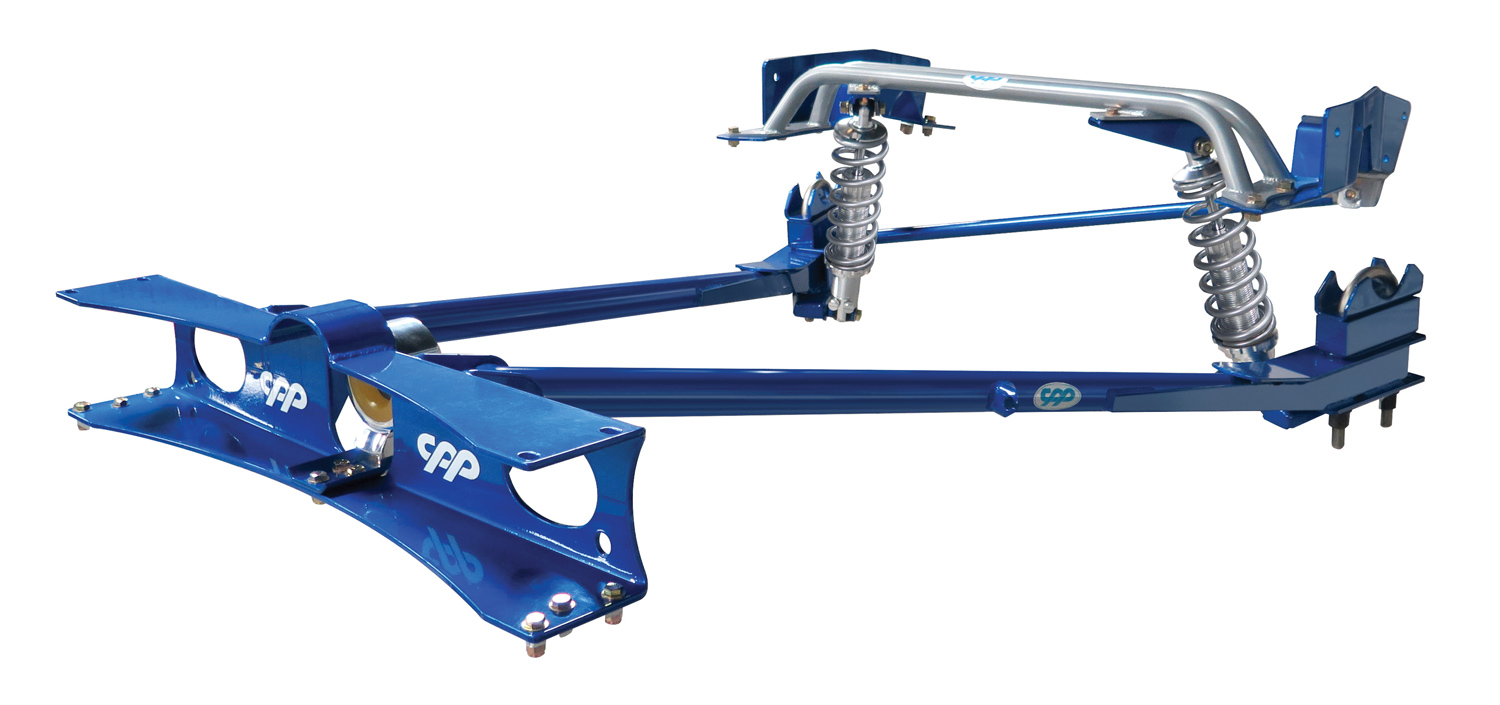
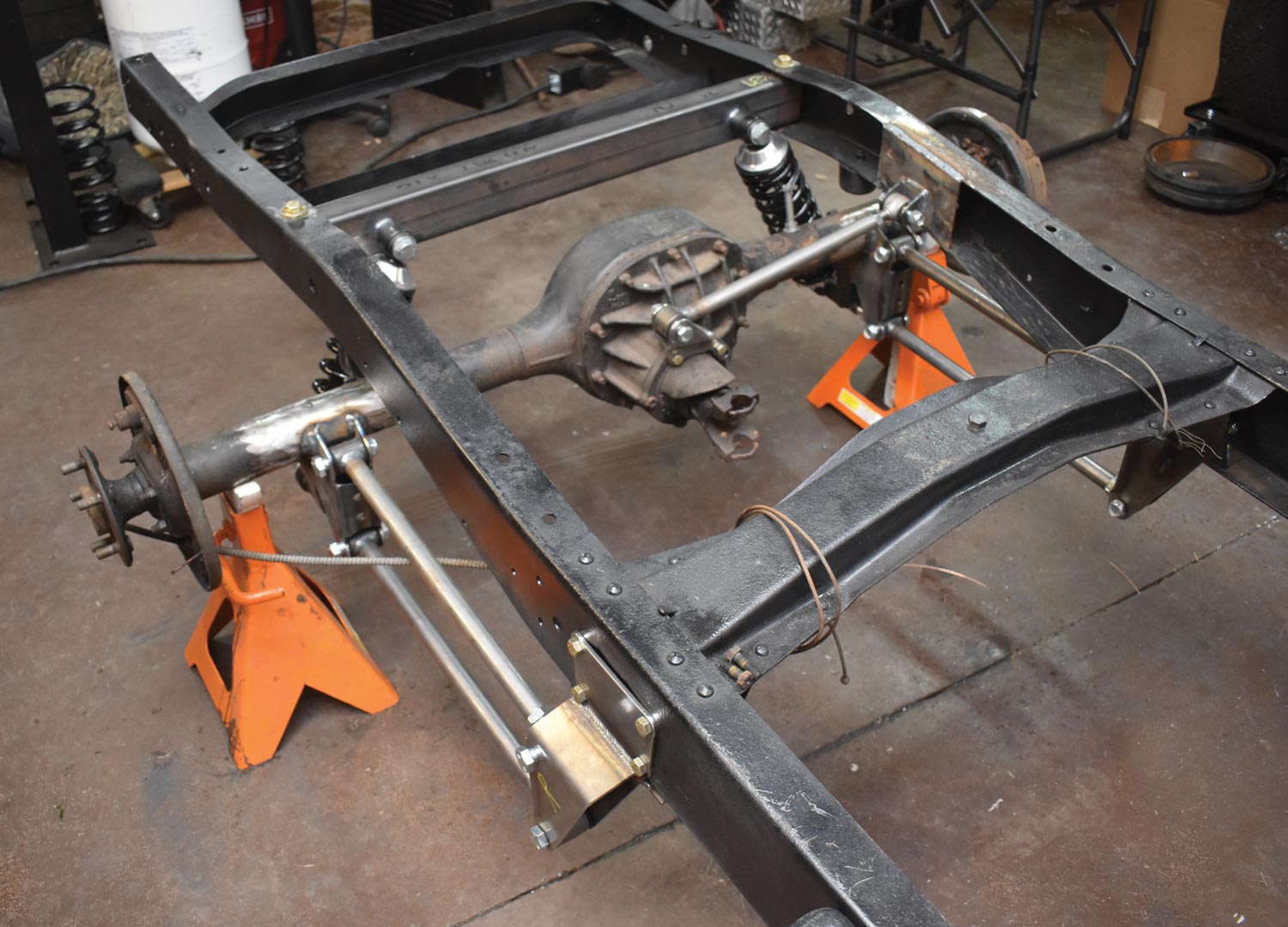

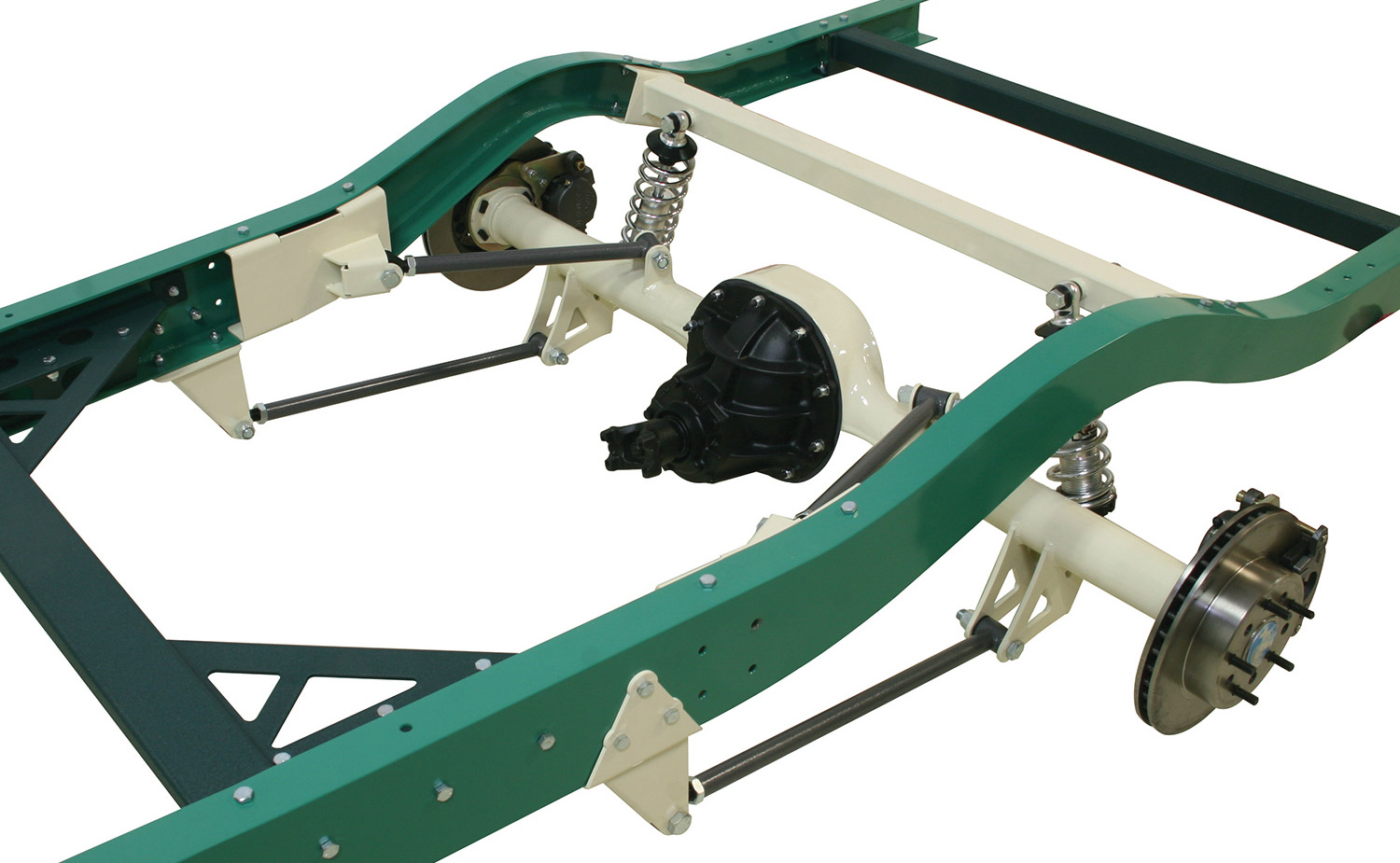
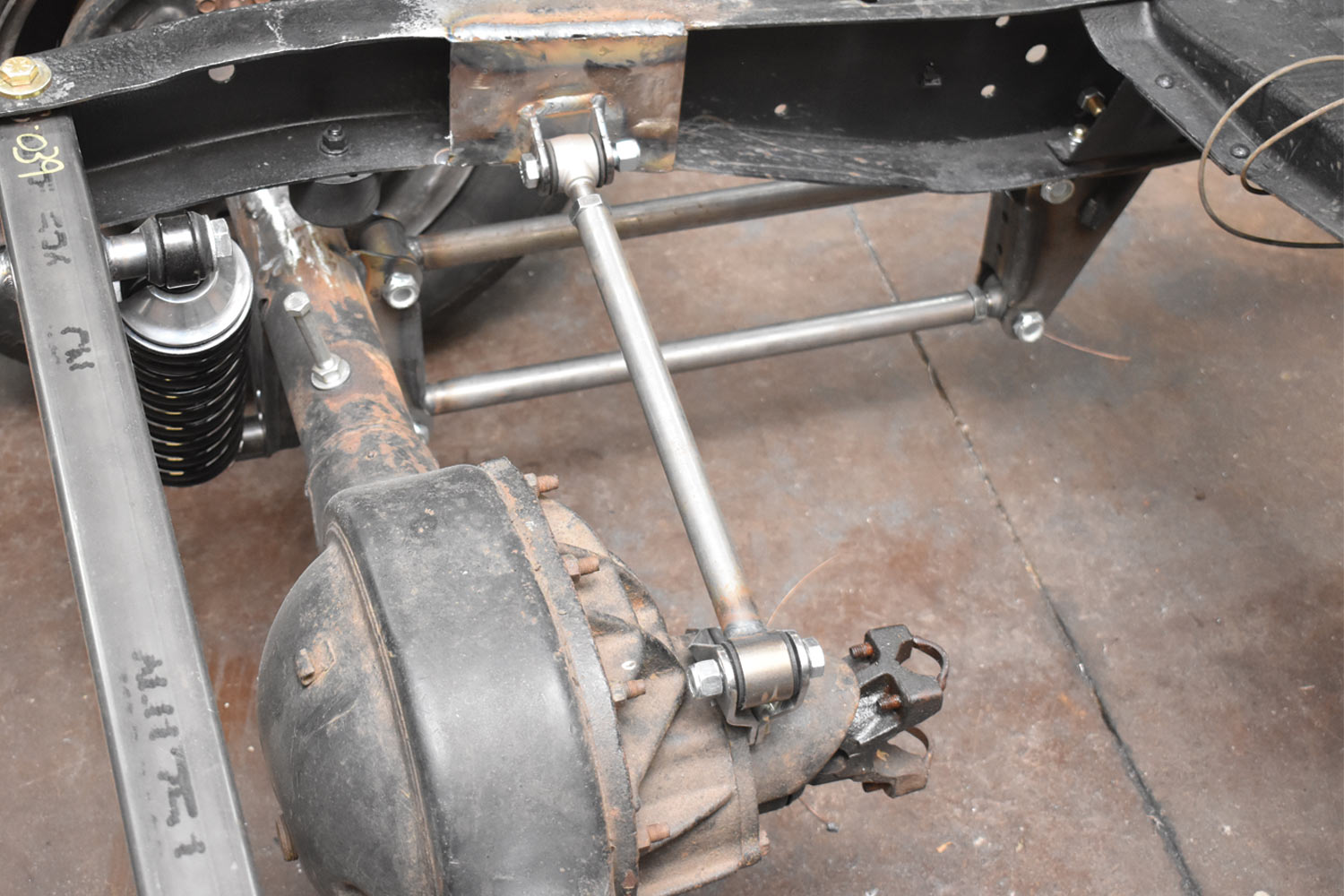
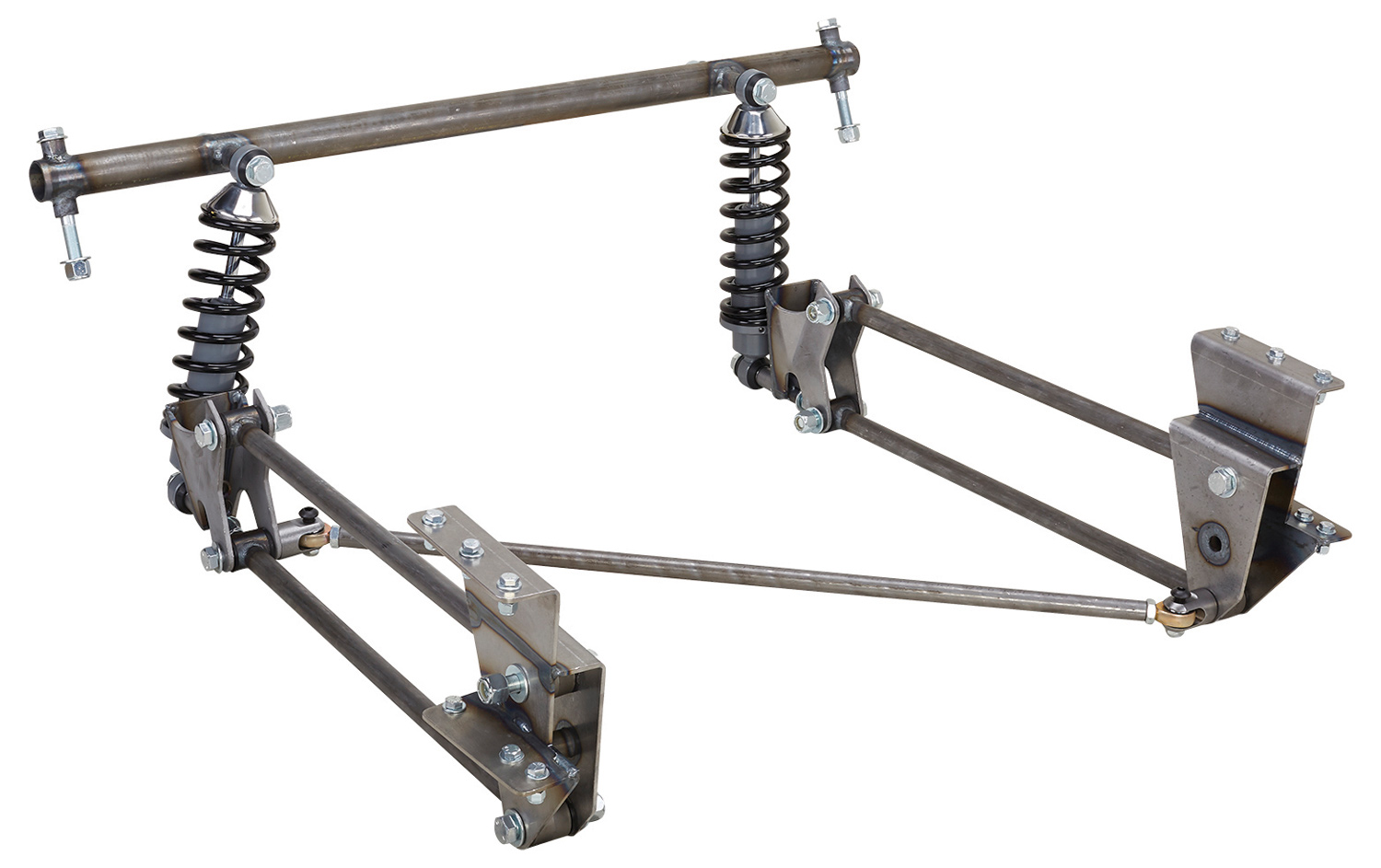

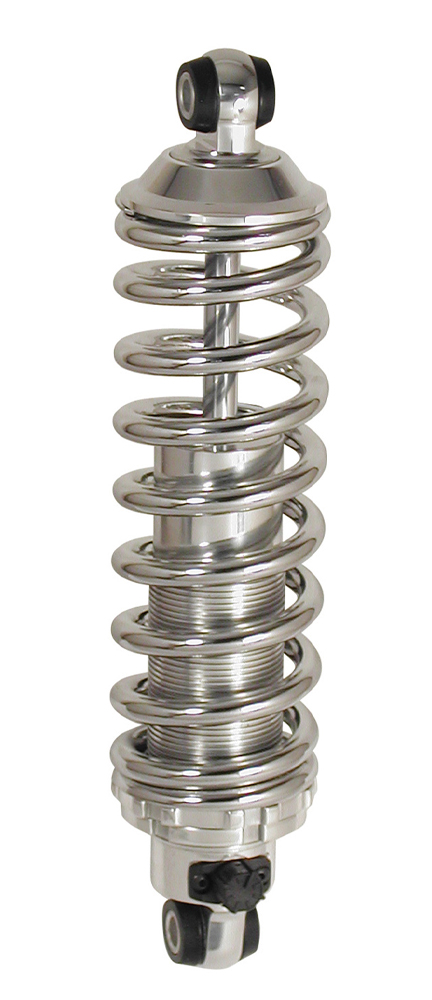
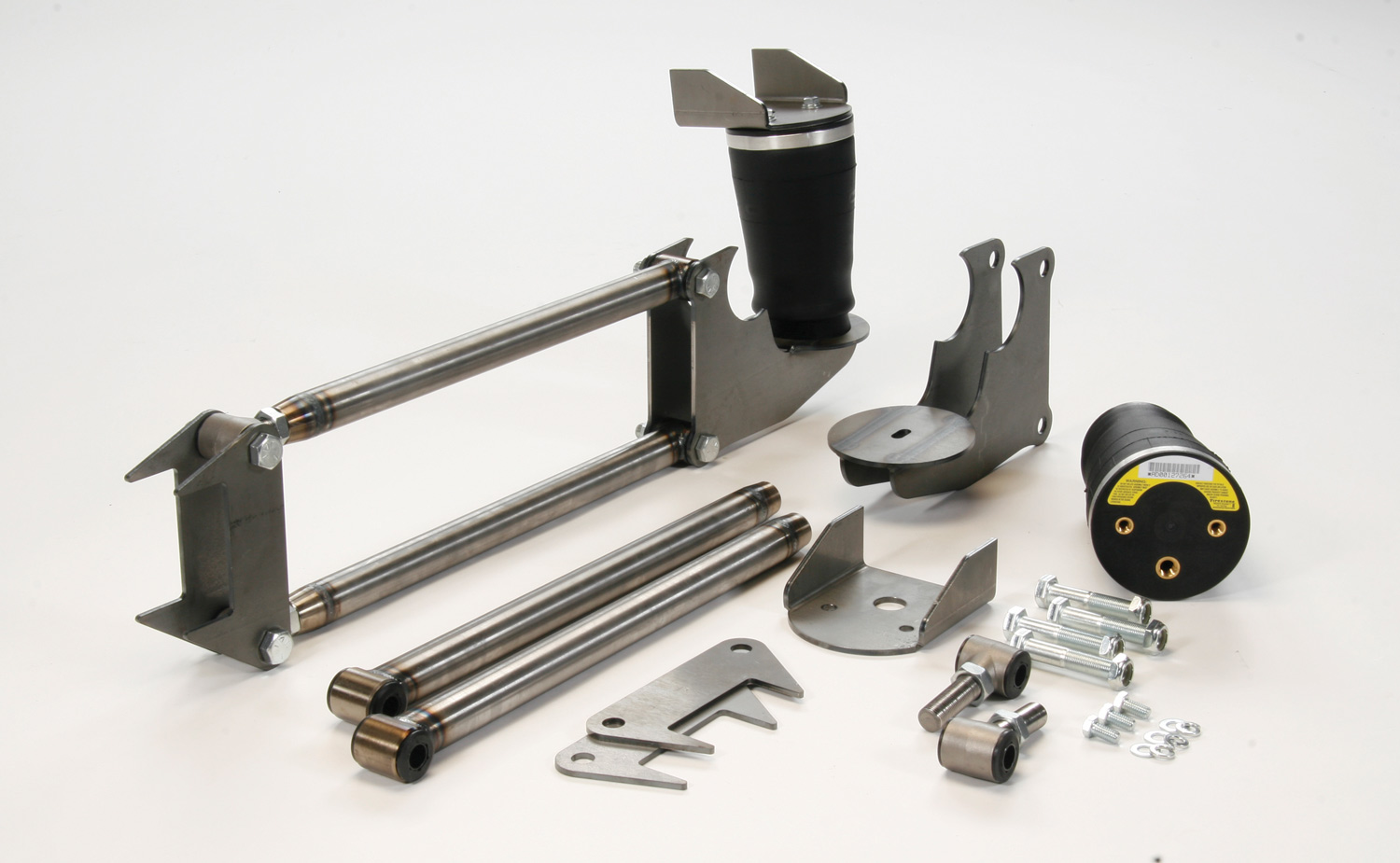
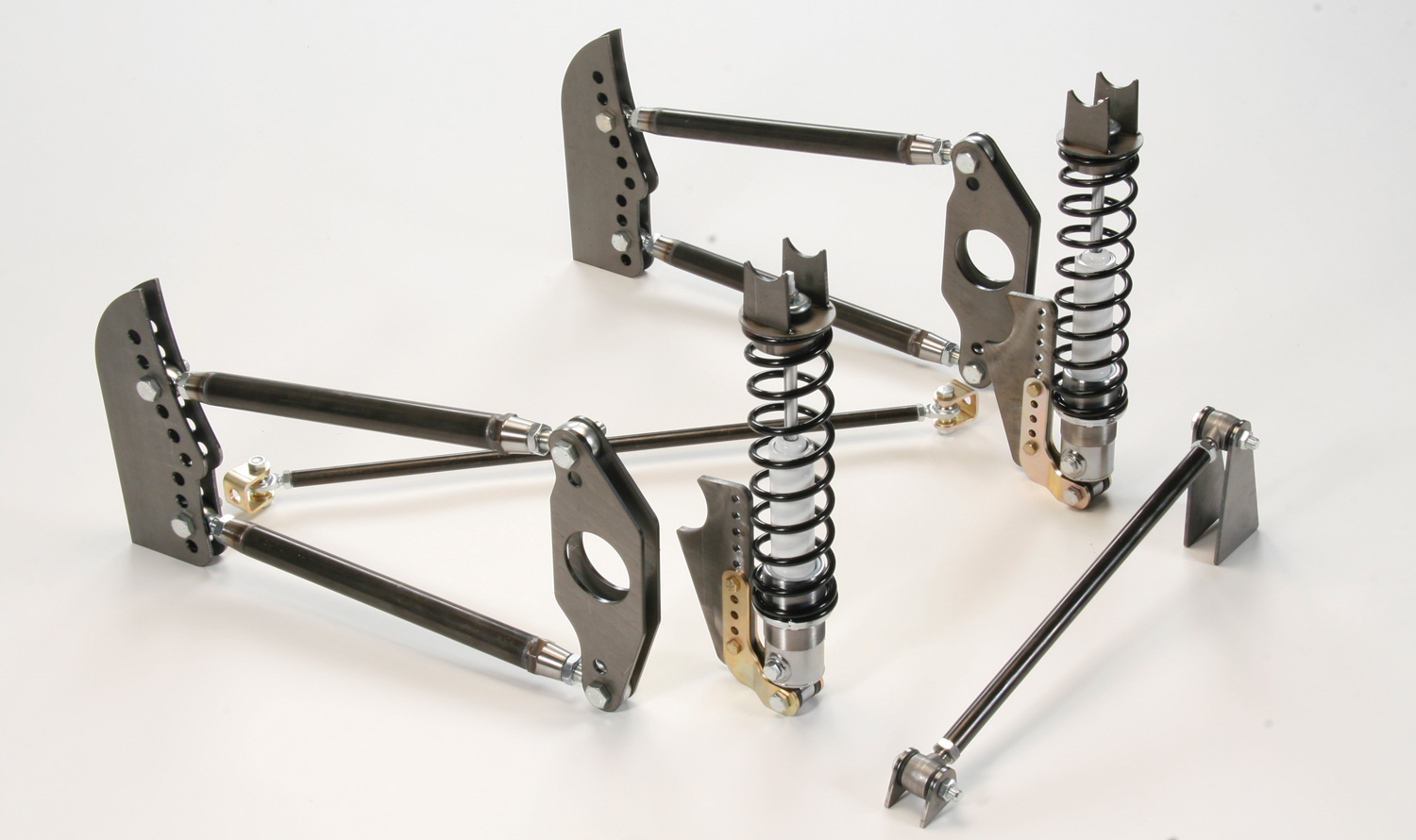
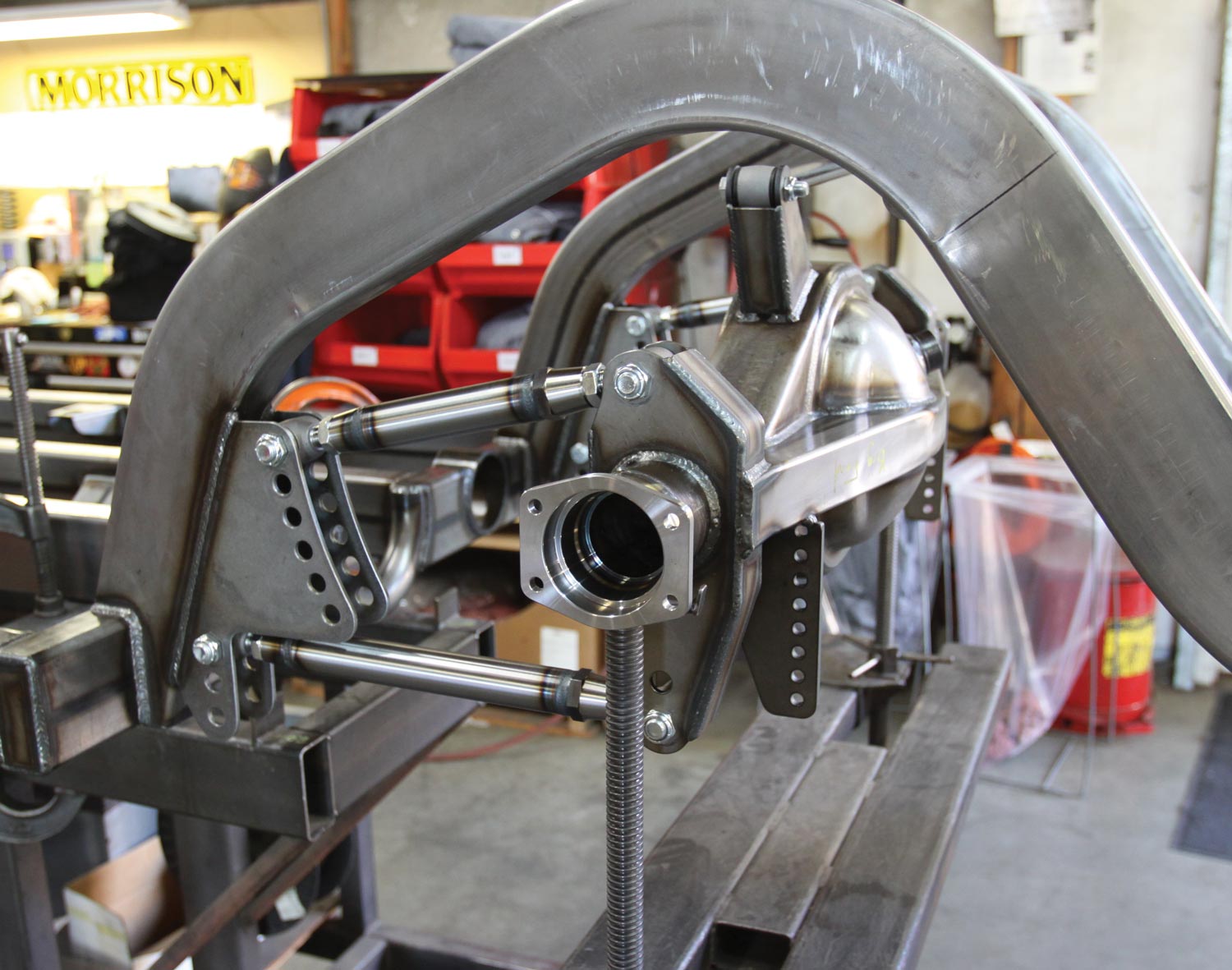
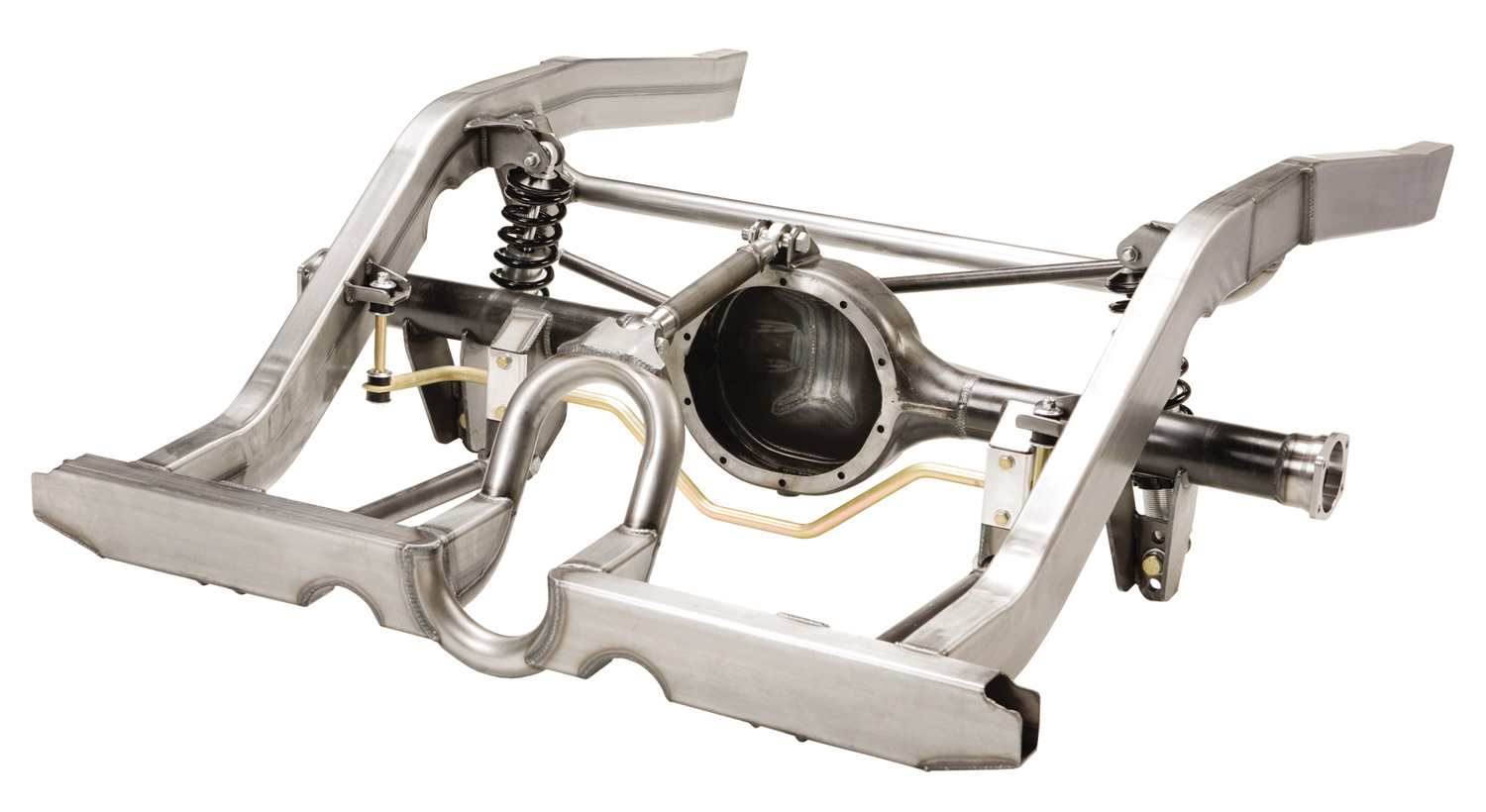
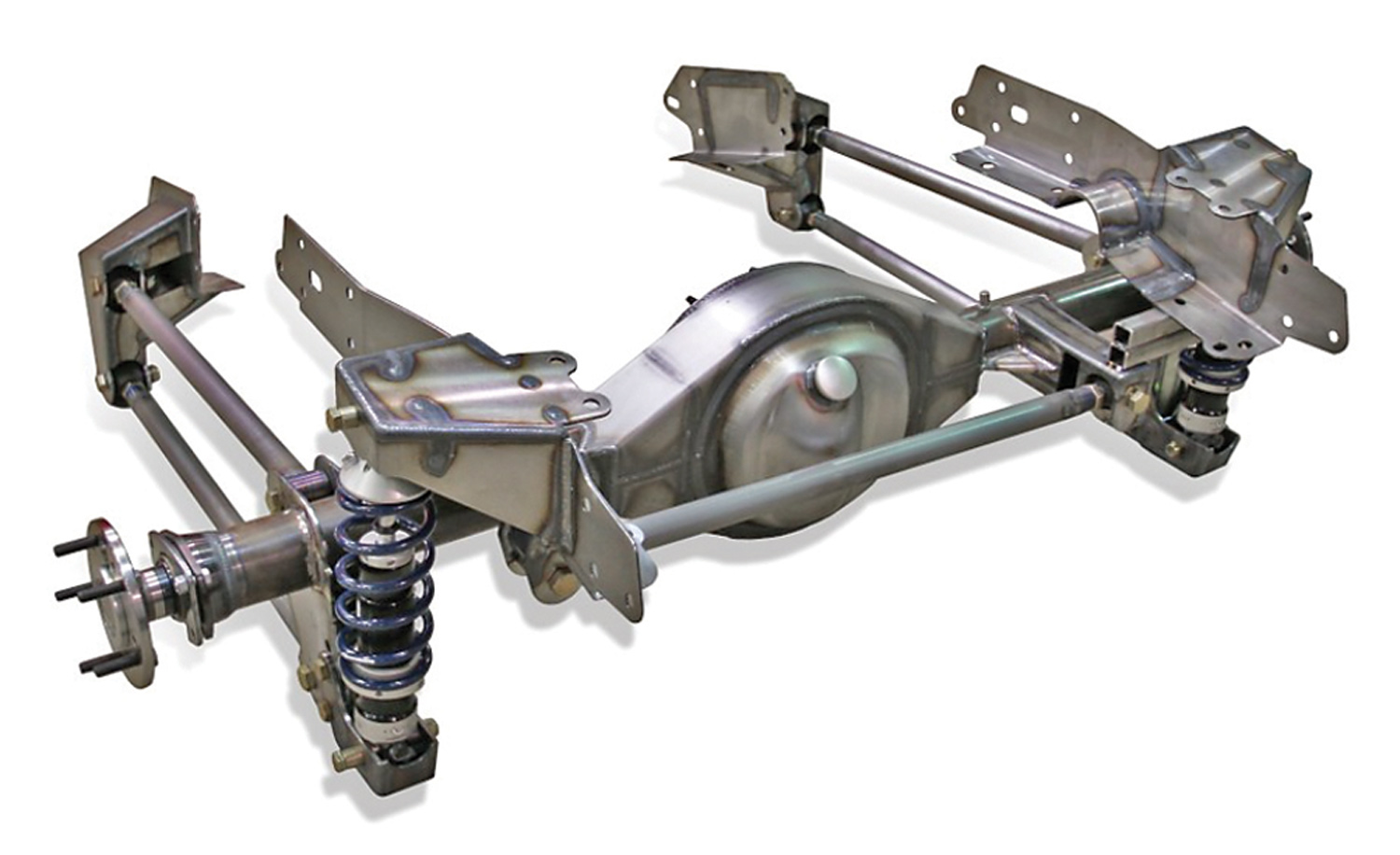


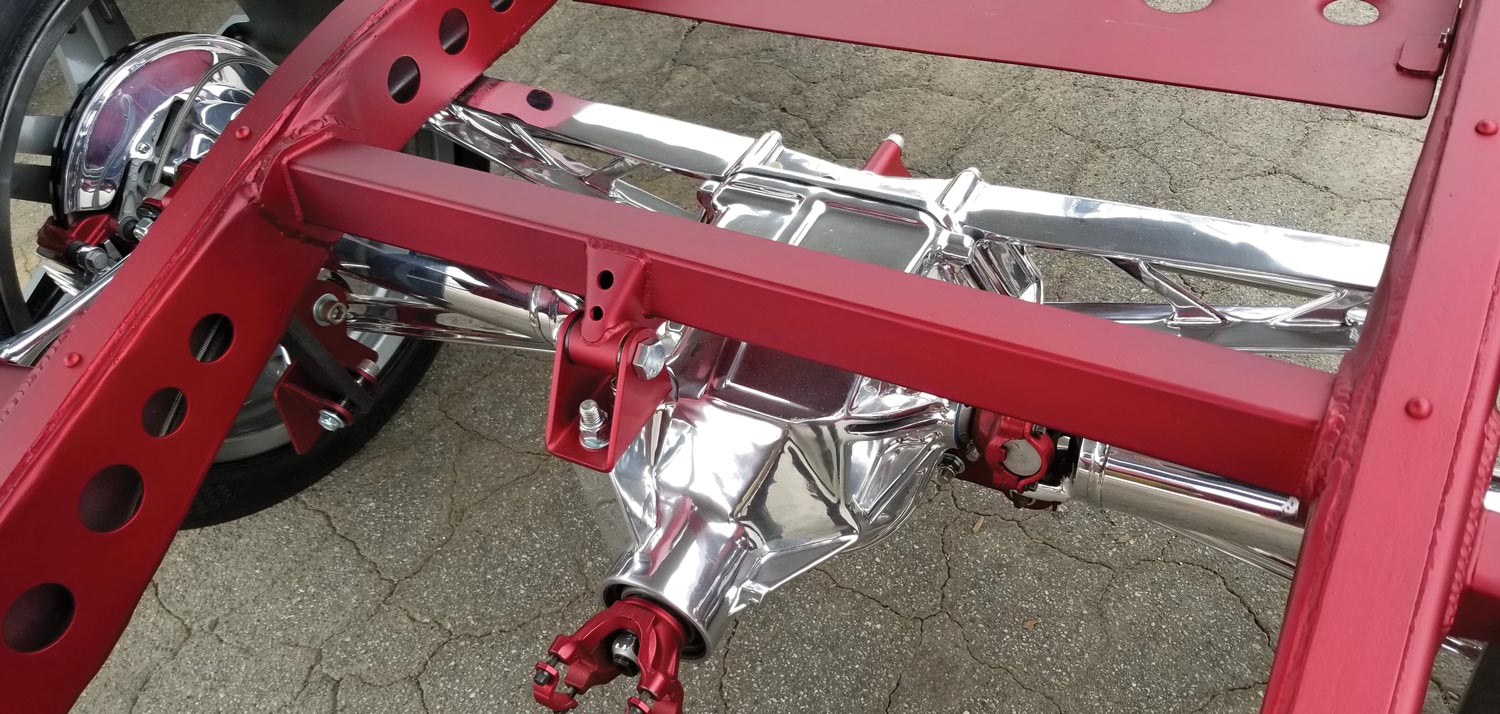
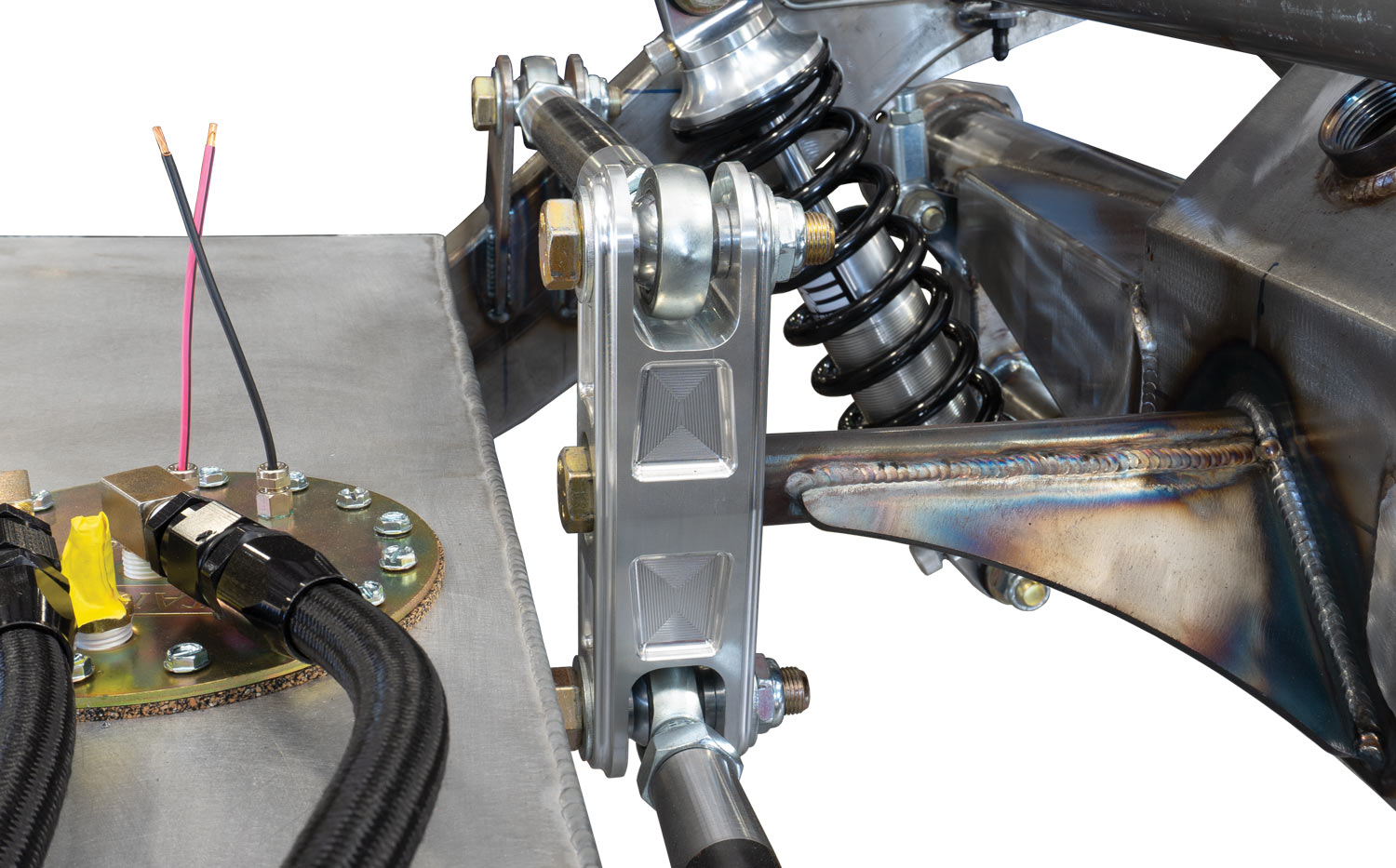
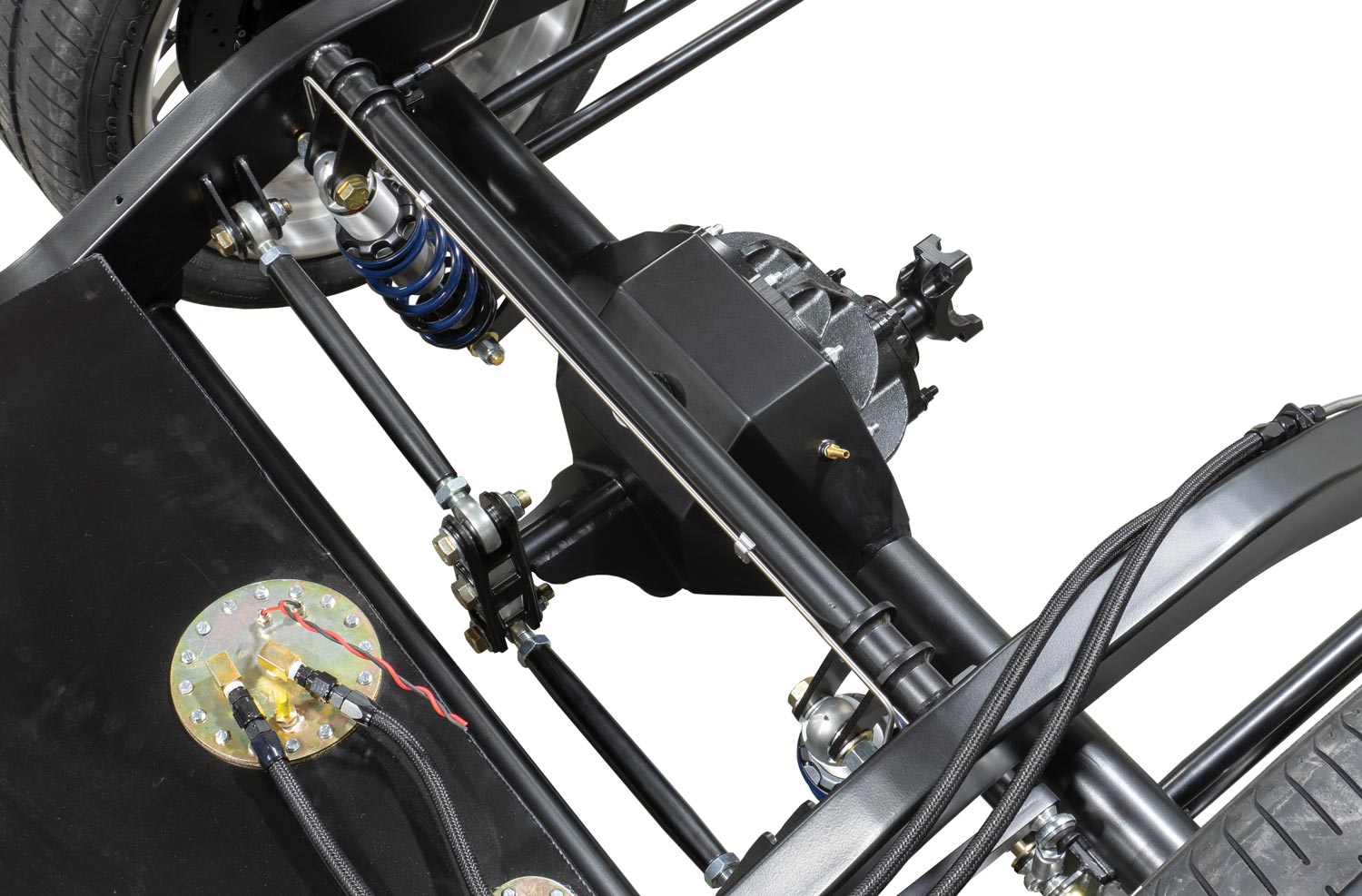
 SOURCES
SOURCES SOURCES
SOURCES